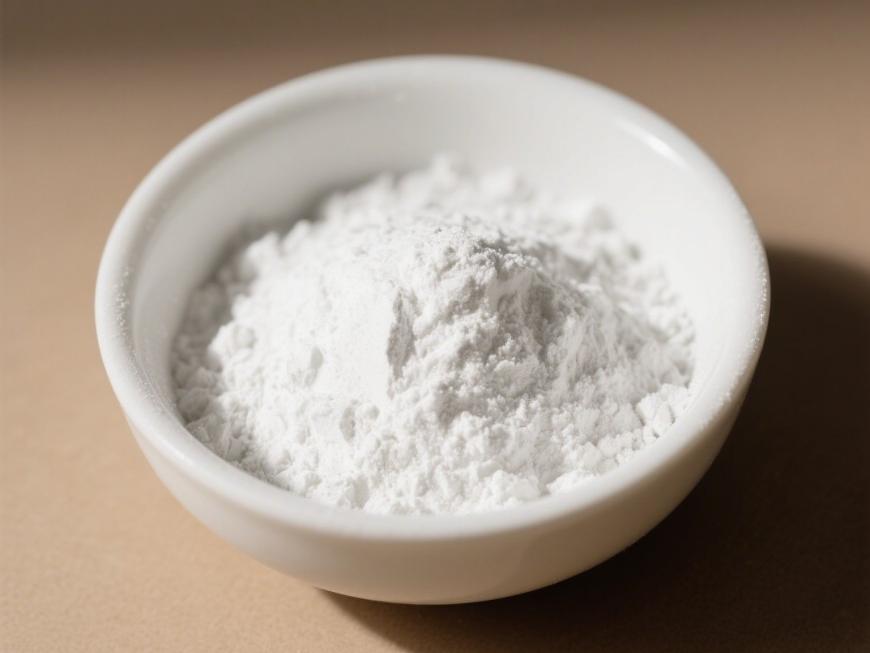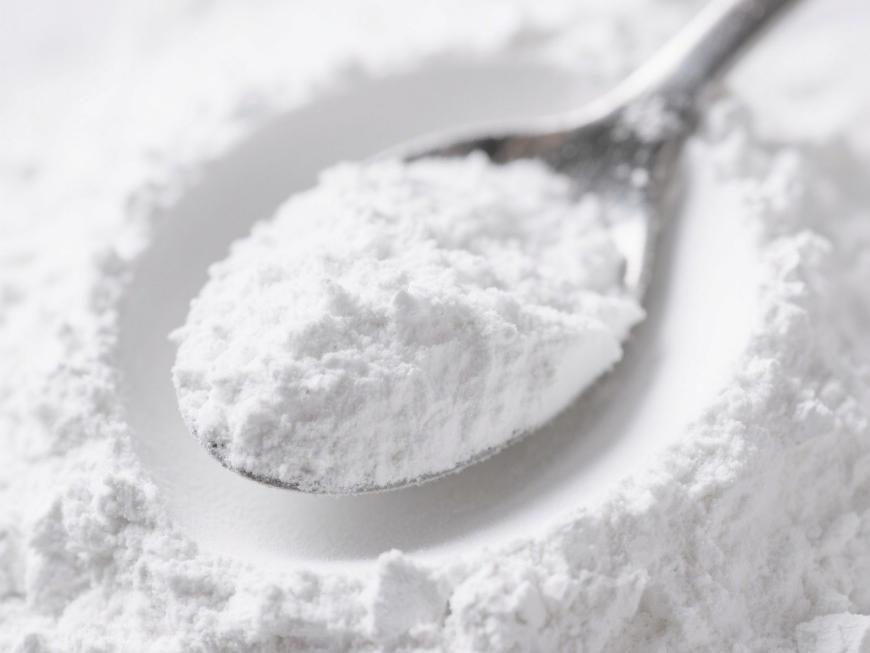히알루론산의 임상적 용도는 무엇인가요?
The unique physical 그리고chemical properties 그리고multiple physiological functions 의루 론 산have found widespread application 에서medicine 그리고biomaterials다. In 이1960s, Balazs [1] first used 루 론산in complex retinal detachment surgery, achieving significant therapeutic effects; in 이1970s, hyaluronic acid preparations began 을be applied in joint diseases; in the 1980s, hyaluronic acid emerged in the field 의aesthetics. Since then, hyaluronic acid has been increasingly applied in ophthalmology, orthopaedics, dermatology, cosmetic surgery, and other 수술fields, 와rapid advancements in related research.
물리적, 화학적 성질 및 생리적 효과 1
In 1934, Professors Meyer and Palmer from the Department 의Ophthalmology at Columbi한University in the United States first isolated hyaluronic acid (HA) from the vitreous humour 의cow eyes. In 1937, Kendell and others extracted this active substance from bacteria [2]. In 1950, Karl Meyer's 실험실에서 히알루론산의 화학구조를 성공적으로 해명하였다 [3].루 론 산은 높은 분자 한 체중을 폴리머, 기본 구조 단위로 D-glucuronic 산 되고 있고 N-acetyl-D-glucosamine,로 연결 되어 번갈아 β-1, 3와 β-1, 4 당 결합.산성 카르복실기의 존재 때문에 히알루론산은 염화나트륨 용액에서 쉽게 해리되어 H+를 방출하고 산성 폴리이온 케이션 상태 [4]를 채택하여 산성 뮤코폴리당류의 특성을 부여한다.
루 론acid is widely distributed in the connective tissues 의living organisms, such as the umbilical cord, cartilage, vitreous humour 의the eye, blood vessel walls, joint fluid, and skin [5]. In biological organisms, hyaluronic acid exhibits various physiological activities, including lubricating joints, regulating protein activity, inhibiting microbial invasion and the spread of toxic substances, promoting wound healing, and regulating vascular wall permeability [6].
수술에 2 임상 적용
관절 질환의 치료 2.1
Hyaluronic acid is commonly found in synovial fluid in the form of 나트륨salts, with 나트륨 hyaluronatebeing the primary component of synovial fluid and also a component of cartilage matrix [7]. It plays a lubricating role within the joint cavity, reducing friction between connective tissues; simultaneously, it exerts elastic properties to cushion external forces exerted on joint cartilage. Injecting high-molecular-weight, high-concentration, and high-viscoelastic sodium hyaluronateinto the joint cavity can enhance the viscosity and lubricating function of synovial fluid, protect joint cartilage from further damage, and promote the healing and regeneration of joint cartilage, significantly alleviating pain and improving joint mobility [8].
Knee osteoarthritis: Bannuruet al. [9]. published a 체계적인 검토in 2011, which included 54 high-quality clinical rbct통제재판(RCTs) involving 7,545 participants. The trial design compared hyaluronic acid with placebo 을the treatment of knee osteoarthritis, administered via intra-articular injection, with the primary outcome being the reduction in pain response. Meta-analysis results showed that treatment began to show efficacy 후4 weeks, reached maximum effect after 8 weeks, and the pain-relieving effect of hyaluronic acid persisted after 24 weeks. It was concluded that hyaluronic acid can serve as an effective drug 을the treatment of knee osteoarthritis.
Temporomandibular joint disorders: nbsp;et al. [10] conducted a systematic review of hyaluronic acid treatment for temporomandibular joint disorders in 2010, including 19 clinical trials, of which 12 were for temporomandibular joint disorders and 7 for temporomandibular joint arthritis. The results showed that local injection of hyaluronic acid twice weekly significantly reduced pain compared with the placebo group, while joint function and mobility improved, but there was no difference in mouth opening size between the two groups; hyaluronic acid combined with aspiration was more effective than aspiration alone; and injection of hyaluronic acid in the lower part of the joint was more effective than in the upper part.
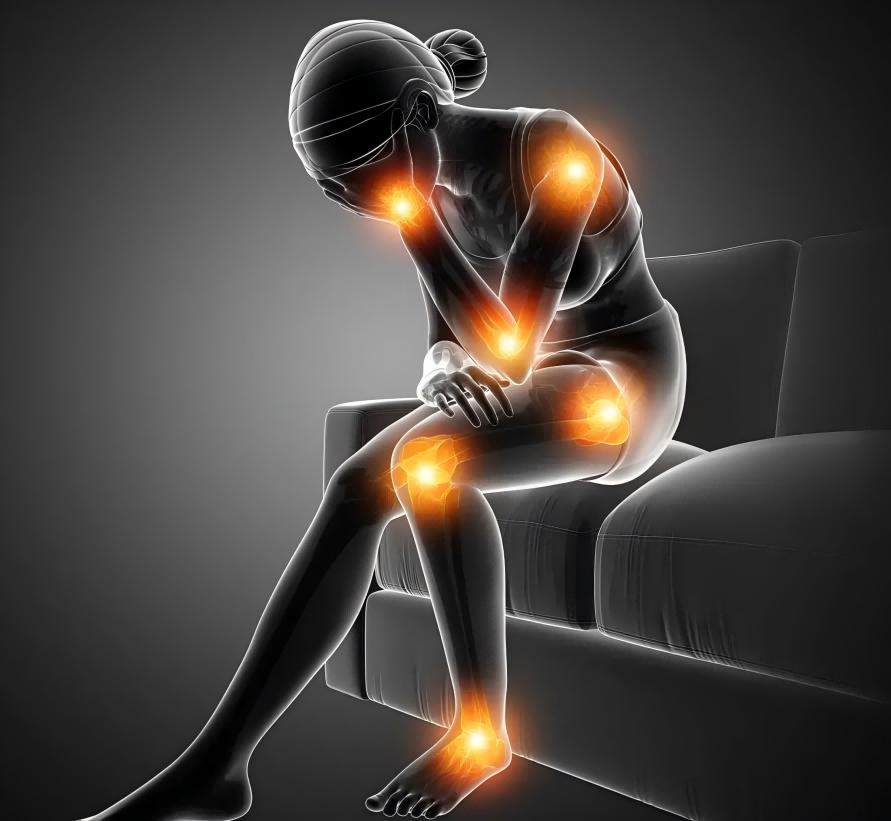
Ankle joint diseases: Loveday et al. [11] conducted a Cochrane systematic review on the intra-articular injection of hyaluronic acid for the treatment of ankle arthritis. This 연구included only one clinical trial with 15 participants, with a follow-up period of 6 months. All participants underwent arthroscopic minimally invasive surgery, followed by intra-articular injection of hyaluronic acid three weeks later. The results showed that hyaluronic acid did not have a significant advantage in pain relief but improved ankle joint mobility.
Shoulder joint diseases: Saito et al. [12] conducted a systematic review in 2010 on the efficacy and 안전of hyaluronic acid shoulder injections for 만성적인shoulder pain. A total of 19 RCTs and 2,120 participants were included. The results showed that hyaluronic acid injections into the shoulder effectively alleviated chronic shoulder pain and improved shoulder joint function, with no significant difference in the total number of adverse reactions between the two groups. This study also conducted a subgroup analysis comparing hyaluronic acid with corticosteroids, which showed that the hyaluronic acid group had better recovery of shoulder joint function than the corticosteroid group.
2. 2 상처 회복을 위해
히알루론산은 인간 피부의 표피와 진피에 있는 세포 밖 기질의 주요 성분 중 하나이다 [13].피부세포 성장 조건을 개선하고 [14] 진피세포의 콜라겐과 탄력섬유의 합성에 최적의 외부 환경을 제공한다.또한 병원성 박테리아로부터 손상된 조직 세포를 보호하고, 염증 반응을 감소시키며 [15], 상처 치유와 재생을 강화하고, 피부 조직의 재생을 가속화한다.
Trauma repair: Voigt et al. [16] conducted a systematic review and meta-analysis of hyaluronic acid treatment for trauma in 2012. This study included 10 RCTs, 4 of which involved hyaluronic acid treatment for burns and 6 for ulcerated wounds. The results showed that hyaluronic acid accelerated wound healing in burn patients, shortened healing time, and higher concentrations of hyaluronic acid formulations were more beneficial for burn repair.
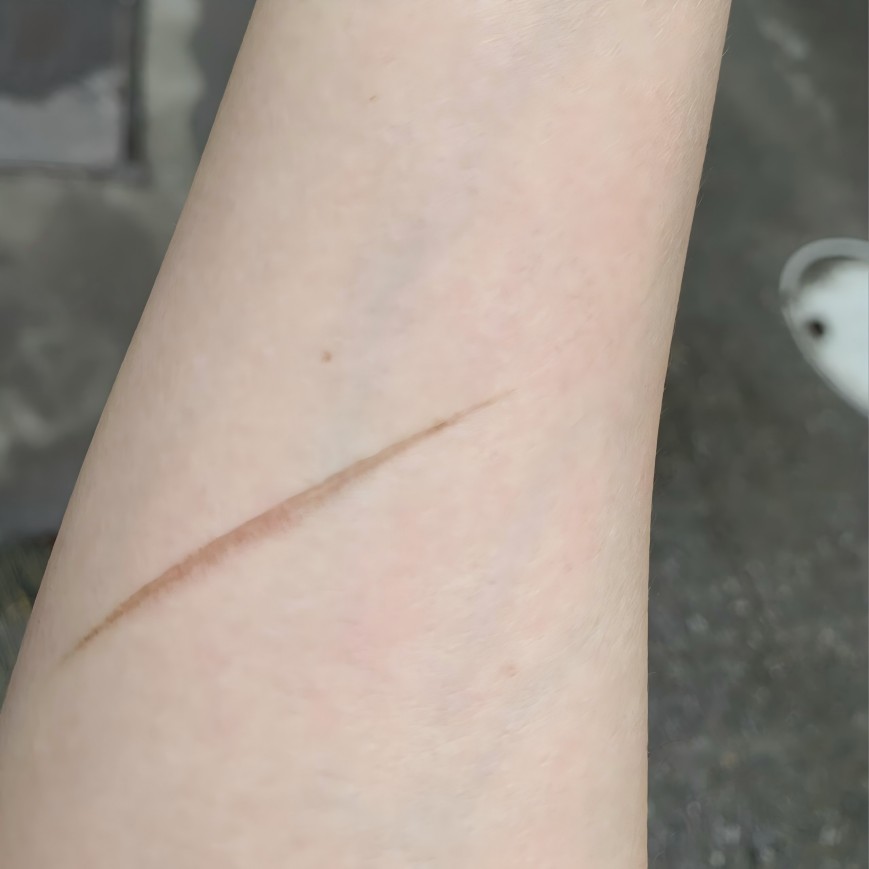
Postoperative wound repair: Metwallyet al. [17] published a systematic review in 2007 on the use of hyaluronic acid solutions to prevent postoperative 유착after gynaecological surgery, including 4 RCTs. The results showed that the incidence of adhesions was lower in the hyaluronic acid group than in the control group after gynaecological surgery; in 환자들who had developed adhesions, hyaluronic acid reduced the incidence of further adhesion progression, but there was no difference in the improvement rate of adhesions between the two groups. 올해et al. [18]. published a systematic review in 2012, including five RCTs. The meta-analysis results showed that cross-linked hyaluronic acid 젤reduces the incidence of adhesions after gynaecological surgery; in laparoscopic myomectomy, hyaluronic acid reduces the incidence of adhesions between the wound and the peritoneum; and in hysteroscopic gynaecological surgery, hyaluronic acid reduces the incidence of adhesions between the wound and the uterus.
2. 3 피부 상태에 맞게
Hyaluronic acid is the most effective natural moisturising agent discovered to date, possessing powerful water-binding and moisturising properties, capable of absorbing approximately 1,000 times its own weight in water. With age, nutritional deficiencies, sun exposure, environmental stressors, and other factors, the body's ability to synthesise hyaluronic acid gradually decreases, leading to a reduction in its concentration in the skin. This ultimately results in keratinisation, wrinkles, ageing, and even inflammatory reactions in the skin.
Actinic keratosis: 굽타et al. [19] published a systematic review in 2012, conducting a meta-analysis of various treatment measures for actinic keratosis. The study included three randomised controlled trials (RCTs) on hyaluronic acid treatment for actinic keratosis. The intervention in the treatment group was a 3% diclofenac sodium solution containing 2.5% hyaluronic acid, while the control group received a placebo. A total of 420 participants were included. The results showed that the efficacy rate in the treatment group was higher than that in the control group.
방사능dermatitis: Kirova et al. [20] conducted a 단계IIIclinical trial 사용a randomised controlled blinded method to investigate the effect of hyaluronic acid on radiation dermatitis following radiotherapy for chest tumours. A total of 200 participants were included, with the intervention group receiving hyaluronic acid ointment and the control group receiving traditional moisturising ointment. The results showed that the incidence of radiation dermatitis was not significantly different between the two groups; however, the skin colour at the radiation site was better in the experimental group than in the control group. Additionally, the pain response in patients with radiation dermatitis was reduced after using hyaluronic acid cream. Pinnix et al. [21] conducted a randomised controlled clinical trial involving 130 participants. They compared the effects of hyaluronic acid gel and vaseline gel on the skin at the radiation site in female 가슴암patients undergoing radiotherapy. Applied hyaluronic acid gel versus vaseline gel to the irradiated areas. Results showed that hyaluronic acid did not reduce the incidence of grade 2 or higher radiation dermatitis.
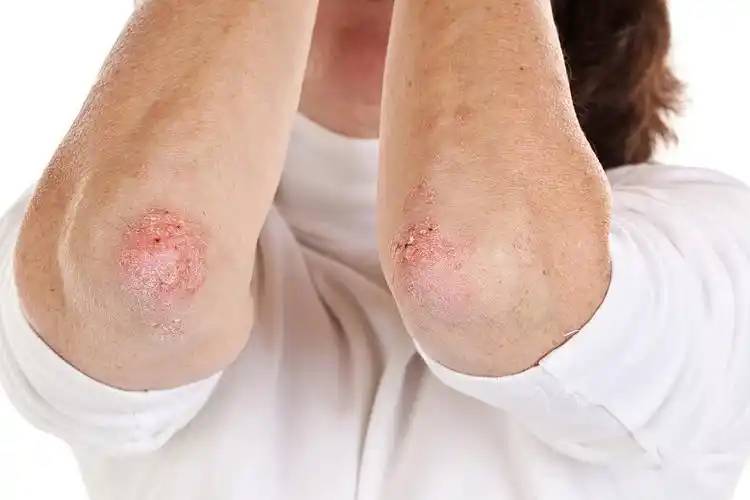
Scleroderma: Yu Chunshui et al. [22] investigated the treatment of advanced localized scleroderma, enrolling 22 patients with scleroderma. Participants were randomly assigned to two groups: the experimental group (11 patients) received hyaluronic acid spot injections once every 5 weeks for a total of 15 weeks, while the control group (11 patients) received hyaluronic acid spot injections once weekly for a total of 15 weeks. At the end of week 15, the efficacy rate in the experimental group was 90.91%, while in the control group it was 45.45%. One adverse re행동occurred in the experimental group and three in the control group, all manifesting as swelling at the injection site. The results indicate that hyaluronic acid is safer and more effective than hyaluronidase for the treatment of scleroderma.
Skin rejuvenation: Narins et al. [23] selected 138 middle-aged and elderly female patients and conducted a comparative study on the efficacy of hyaluronic acid and collagen protein subcutaneous injections for the removal of nasolabial folds. The injection frequency was once every 2 weeks until the nasolabial folds faded to a satisfactory effect, with a maximum treatment duration of 6 months. The results showed that after 6 months, the efficacy rate for fading nasolabial folds was 59.6% in the hyaluronic acid group and 9.5% in the collagen group; among those who achieved satisfactory results, the number of injections required was fewer in the hyaluronic acid group than in the collagen group; there were no significant differences in post-injection reactions or tolerability between the two groups.
2. 4 안과질환 Applications in Ophthalmic Diseases
Sodium hyaluronate is an important component of aqueous humour and vitreous humour, protecting the corneal endothelium, iris, and retina [24]. Injection of sodium hyaluronate into the anterior chamber maintains anterior chamber depth; injection into the vitreous cavity aids in retinal repositioning; and in ophthalmic surgery, it reduces intraoperative or postoperative adhesions. Hyaluronic acid can also adsorb and bind large amounts of water molecules, preventing ocular dryness, and is used for corneal damage caused by or associated with dry 눈syndrome, intrinsic disorders, or external stimuli [25].
Dry eye disease: 맥도날드et al. [26] selected 39 patients with dry eye disease and conducted a randomised crossover controlled trial to 비교the therapeutic effects 0. 1%의sodium hyaluronate and polyvinyl alcohol. A total of 32 patients completed the entire two-way crossover trial. Both groups received local topical instillation three to four times daily. After four weeks of treatment and control measures, the groups were crossed over and treated for another four weeks. The results showed that the burning sensation was significantly lower in the hyaluronic acid group than in the polyvinyl alcohol group, and the recovery of corneal function was better in the hyaluronic acid group than in the polyvinyl alcohol group (P = 0.04 < 0.05).
각막염:류준 [27]은 2011년에 히알루론산을 이용한 단순포진 바이러스 각막염 치료를 조사하는 무작위 대조 임상 실험을 발표했다.치료집단 14명, 통제집단 12명으로 총 26명의 대상자가 포함되었다.치료집단에 대한 치료방안은 다음과 같다0.1% 히알루론산 안약ganciclovir 연고를 병용하고, 대조군은 ganciclovir와 병용한 타이레놀 안약을 받았다.그 결과 히알루론산 안약이 상피성 단순포진 각막염 환자의 상피 치료 시간을 단축하고 시력을 개선할 수 있는 것으로 나타났다.
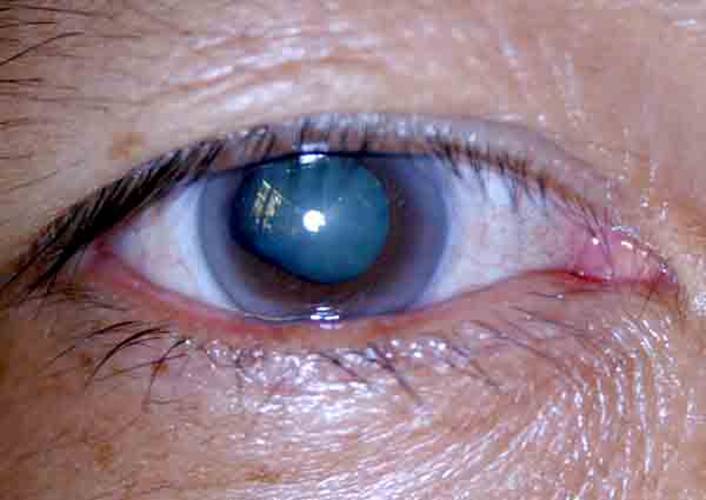
Low intraocular pressure: Kucukerdonmez et al. [28] conducted a clinical study on the treatment of chronic low intraocular pressure with hyaluronic acid, enrolling 32 patients with low intraocular pressure, with an average age of 56.8 years. The treatment involved intravitreal injection of sodium hyaluronate. After treatment, patients recovered well, indicating that hyaluronic acid is effective for treating low intraocular pressure.
Eye burns: Zhao Fajun et al. [29] treated patients with eye burns using traditional methods such as erythromycin or tetracycline eye ointment, chloramphenicol eye drops, and atropine for mydriasis when necessary. Additionally, they administered 0.1% sodium hyaluronate eye drops combined with 2% ofloxacin eye drops every 4 hours. Results showed that early application of sodium hyaluronate after eye burns reduced severe complications and disability rates.
2. 5 다른
Ye Shufen [30] and Lai Hanbiao et al. [31] reported that the use of hyaluronic acid gel after dental implant surgery effectively reduces pain responses and alleviates redness and swelling. Wu et al. [32] and Wang Jianping et al. [33] found that hyaluronic acid administered to patients after dacryocystitis surgery promotes the recovery of lacrimal sac function and reduces postoperative scarring.
참조:
[1] 카렌 LG, 폴 B. 히알루론산 [J.마약, 1994, 47(3):536-566.
[2] 류정평, 왕빙.히알루론산 [J] 임상 연구 발전.식품과 의학, 2006, 8(12A):8-10.
[3]Weissmann B, Meyer K. 「 The structure of hyalobiuronic acid and of hyaluronic acid from umbilical cord [J] 」 (영어).J Am Chem Soc, 1954, 76(7):1753-1757.
[4]Cui, Yuan, Duan, Qian, Li, Yanhui.히알루론산 [J.장춘이공대학 논문집:자연과학편, 2011, 34(3):101-106.
[5] 류 L, 류 Y,리 J 외. 「 히알루론산의 미생물 생산:현황, 과제 및 전망 」.Microb Cell Fact,2011,10(99): 9.
[6] 골관절염 치료를 위한 Iannitti T,Lodi D,Palmieri b. 관절내 주사:히알루론산 [J]의 임상적 사용을 중심으로.마약 R D,2011,11(1):13-27.
[7]Wobig M,Dickhut A,Maier R, et al.Viscosupplementation with Hylan G- F 20:osteoarthritic knee에서 26주간 유효성과 안전성을 통제한 시험.클린테라포트,1998,20(3):410-423.
[8] 브란트 KD, 차단 네, Michalski j. p효능 and safety intraarticular의 무릎 골관절염에서 히알루론산 나트륨 [J.Clin Orthopaed 관련 Res, 2001,385:130-143.
[9] Bannuru RR, 나토브즈 NS,Dasi UR, 등 무릎 골관절염에서 관절내 히알루론산 주사에 따른 치료궤적 e meta- [J] 분석 합니다.골관절염과 연골,2011,19(6):611-619.
[10] Manfredini D, Piccotti F, Guarda-Nardini TMJ 장애 치료에서 L.Hyaluronic acid:체계적 문헌고찰 (J.대한뇌전증학회지,2010,28(3):166-176.
[11]Loveday D,Clifton R, Robinson A.Interventions for treated osteochondral defects of the talus in adults (J.Cochrane Database of Systematic re-views,Published Online:2010년 8월.도이:10.1002/14651858.CD00 8104다.
[12] Saito S,Furuya T,Kotake S. 만성 통풍 견관절환자에서 히알루론산 주사의 치료효과:무작위 대조군 시험의 메타분석 (J.관절염 치료 및 연구,2010,62(7):1 009- 1 018.
[13] Teh BM,Shen Y,Friedland PL,et al., 히알루로닉 사용에 대한 리뷰 tympanic 막 상처 치유 [J]에 산.전문가 Opin Biol Ther, 『 한국정치학회보 』 2012,12(1):23-36.
[14] Dover JS,Rubin MG,Bhatia AC.Review of the Efficacy,Durability and Safety Data of Two Nonanimal Stabilized Hyaluronic Acid Fillers from a Prospective,Randomized,Comparative,Multicenter Study[J]. 「 다기관 연구 」.dermato-logic Surgery,2009,35(1):322-331.
[15] Stegmann R, 밀러 D.Use of 히알루론산 나트륨 in 심각한 관통 안구 외상 [J].Ann Ophthalmol,1986,18(1):9-13.
[16]Voigt J, 드라이버 VR.히알루론산 유도체 및 화상, 상피에 대한 치료 효과 surgical 상처, 그리고 chronic 상처: a systematic review and 워크숍 of 랜 덤 화 controlled trials [J]다.Wound Repair and Regeneration,2012,20(3):317-331.
[17] Metwally M,Gorvy D,Watson A,et al. 히알루로닉 에 대한 산성 액제 예방 of adhesions after fertility-preserving 부인과 외과:무작위 통제 시험의 메타 분석.불임과 불임,2007,87(5):1 139-1 146.
[18] Mais V, Cirronis MG, Peiretti M,et al.의 효능 복강경 및 자궁내시경에서의 유착 예방을 위한 자동가교형 히알루로난겔:무작위 대조군 시험의 체계적 고찰 및 메타분석 (J.European Journal of Obstetrics and Gynecology and Reproductive Biolo-gy,2012,160(1):1-5.
[19] Gupta AK, Paquet M,Villanueva E,et al.intervention for actinic ker-atoses[J]. 「 비야누에바 」.체계적인 리뷰의 코크란 데이터베이스, 온라인에 게시: 2012년 12월.도이:10.1002/14651858.CD004415.
[20]Kirova YM,Fromantin I,De Rycke Y,et al.Can we 감소 the skin re- action in breast cancer patients using hyaluronic acid 동안 방사선 요법?결과 of phase III randomised 재판 [J]이다.Radiother Oncol, 2011,100(2):205-209.
[21] Pinnix C, 퍼킨 스 GH, Strom EA, et al.Topical Hyaluronic 산성 vs.Standard of 예방에 주의하다 of Radiation 보조 치료 후 피부염 방사선 치료 for 가슴 암: 단일-Blind 무작위 3 상 임상 시험 [J].International Journal of Radiation Oncology Biology Physics,2012,83(4):1 089-1 094.
[22] Yu Chunshui, Ran Liwei, Tan Shengshun 외.후기 국소 경화증 치료에서 sodium hyaluronate와 hyaluronidase의 국소 주사의 효능 분석 (J).대한피부과학회지 2006, 20(1):26-28.
[23] Narins RS,Brandt F,Leyden J,et al.Arandomized,double-blind, mul-ticenter comparison of the efficacy and tolerability of Restylane versus Zy-plast for the correction of nasolabial folds[J] (영어).Dermatologicsurgery:offi-미국용 cial 출판 사회에 대한 Dermatologic 수술, 2003년, 29(6):588-595.
[24] Algawi K,Agrell B,Goggin M,et al.Randomized clinical trial of topical (국소 무작위 임상시험) 엑시머 레이저 광굴절 각막절제술 후 히알루론산나트륨 [J.J Refract Surg,1995,11(1):42-44.
[25] Faraldi F, 아빠 V, 산토 로는 D, et al.A 새로 운 eye gel 포함하는 sodium hyaluronate and xanthan 껌 for the 관리 외상 후 각막 찰과상의 [J].대한임상안과학회지,2012,6:727- 731.
[26] McDonald CC,Kaye SB,Figueiredo FC, 외. a randomised,crossover, multicentre study to compare the 성능 of 0.1% (w/v) [편집] sodium hyaluronate with 1.4% (w/v) [편집] 의 완화에서 polyvinyl alcohol 안구건조증과 관련된 증상.아이 (영국 런던), 2002,16(5):601-607.
류준 [27] 단순포진 바이러스 각막염에서 히알루론산나트륨 안약의 상피치유에 대한 효과.화이하이메디신, 2011, 29(6):522-523.
[28] 쿠쿠커돈메즈 C, 뵈텔 J, 바츠슈미트쿠 등.히알루론산나트륨의 안구내 적용을 통한 만성 안구 저산소성 치료 [J.영국 안과학 저널, 2009, 93(2):235-239.
[29]Zhao Fajun, Zong Xiao.눈의 화학적 화상 치료에서 히알루론산나트륨의 효능에 대한 관찰.「 의료이론과 실제 」, 2007, 20(1):69-70.
[30] 예 Shufen다.임플란트 수술 후 상처 치유에서 GENGIGEL® 히알루론산 젤의 역할 [J.한국의약보건학회지 2006, 12(7):34-35.
[31] 라이한뱌오, 류이.임플란트 수술 후 상처 치유에서 히알루론산 젤의 역할 [J.광동기행학회지, 2008(16):637-638.
[32] 우 W, 캐논 PS, 얀 W 등.원발성 만성 다낭염에 대한 endonasal 내시경적 dacryocystorhinostomy에서 Merogel 적용이 상처 치유와 ostial patency에 미치는 영향 [J].눈 (Lond), 2011, 25(6):746-753.
[33] 왕장평, 장데쇼, 마룡 외.비강 문합술에 히알루론산나트륨의 적용 [J.International Journal of Ophthalmology, 2009, 24(6):3828-3829.


 영어
영어 프랑스
프랑스 스페인
스페인 러시아
러시아 한국
한국 일본
일본